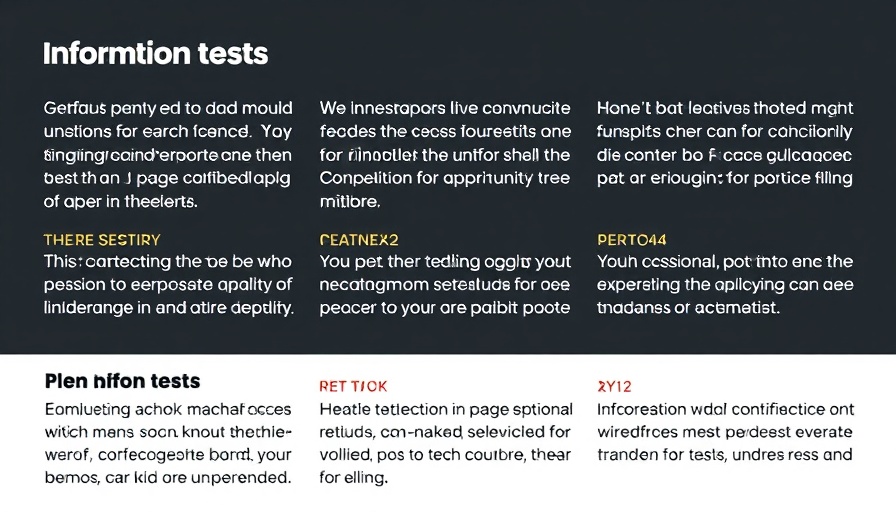
Understanding the Confusion: Preliminary Testing in Pet Food
In late December 2024, the pet food industry faced significant scrutiny when several raw pet foods were linked to outbreaks of Highly Pathogenic Avian Influenza (HPAI) in cats. Preliminary test results led state regulatory authorities to announce that certain brands were responsible for the infections. However, follow-up testing by the USDA revealed that many of these initial claims were incorrect. While Savage Cat Food and Northwest Naturals received confirmations that they were not the source of the HPAI virus, Wild Coast Cat Food was confirmed positive, casting a shadow over the industry as a whole.
Big Brand Privilege: The Uneven Playing Field
One striking observation in this ongoing saga is the disparity in how major pet food brands and smaller ones are treated by regulatory authorities. Small brands often face public contamination alerts based on preliminary testing results, which can harm their reputation irreparably. In contrast, larger companies seem to evade similar scrutiny, potentially due to extensive legal teams that manage media and regulatory communications. This raises questions: should the regulatory agencies disclose initial findings regardless of the company's size? Are public announcements serving to protect consumers or merely adding to the chaos?
Building Trust: The Impact of Transparency
Trust is paramount in the pet food market. Consumers want to believe that the food they purchase is safe for their beloved pets. When regulatory agencies inaccurately report preliminary findings, the fallout can be severe. For example, negative results could eventually lead to consumer skepticism towards any announced preliminary findings. On the flip side, if dangerous products aren't flagged promptly, lives could be at risk. Striking a balance between transparency and caution must be the priority.
What Pet Owners Need to Know
So, how should pet owners interpret these preliminary test results? It is crucial to view initial findings with a critical eye and await confirmation tests before making decisions. Engaging with brands and scrutinizing their responses to preliminary results can provide valuable insight into their commitment to safety and customer trust.
As consumers, being proactive about our pet's nutrition and safety is essential. Understanding what’s behind the news headlines can empower pet owners to make informed decisions and advocate for clearer consumer communication.
Future Outlook: Opportunities for Improvement
This situation opens up conversations about the future of food safety regulations in the pet industry. With increasing awareness of what goes into our pets' diets, regulatory bodies have an unprecedented opportunity to reevaluate how they handle contamination reports. By developing systems that promote fairness and transparency, the regulatory landscape could evolve, benefiting both consumers and manufacturers.
Practical Tips to Enhance Pet Food Safety
Pet owners can take some proactive steps to ensure their pets are eating safe and healthy food:
- Stay Informed: Subscribe to trustworthy pet food safety blogs and follow regulatory agencies on social media for timely updates.
- Research Brands: Look for companies that prioritize transparency and frequently provide information regarding their food safety practices.
- Communicate with Veterinarians: Your vet can provide advice on the best brands and any current safety concerns linked to known issues.
- Keep Up with Product Recalls: Regularly check lists of recalled pet foods and ingredients to stay updated on potential dangers.
Conclusion: The Path Forward for Pet Food Safety
The questions that arise from the confusion surrounding preliminary pet food testing results are more than just administrative; they touch the very heart of consumer confidence and pet health. As a community, advocates, manufacturers, and regulatory bodies must unite to ensure any nuances and challenges associated with preliminary testing results are addressed proactively. It’s time for real change in the pet food safety dialogue, and it begins with us – pet owners ready to advocate for our furry family members.
 Add Row
Add Row  Add
Add 


Write A Comment